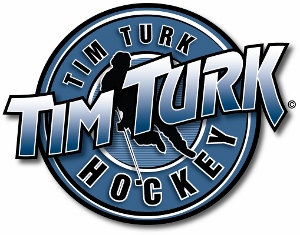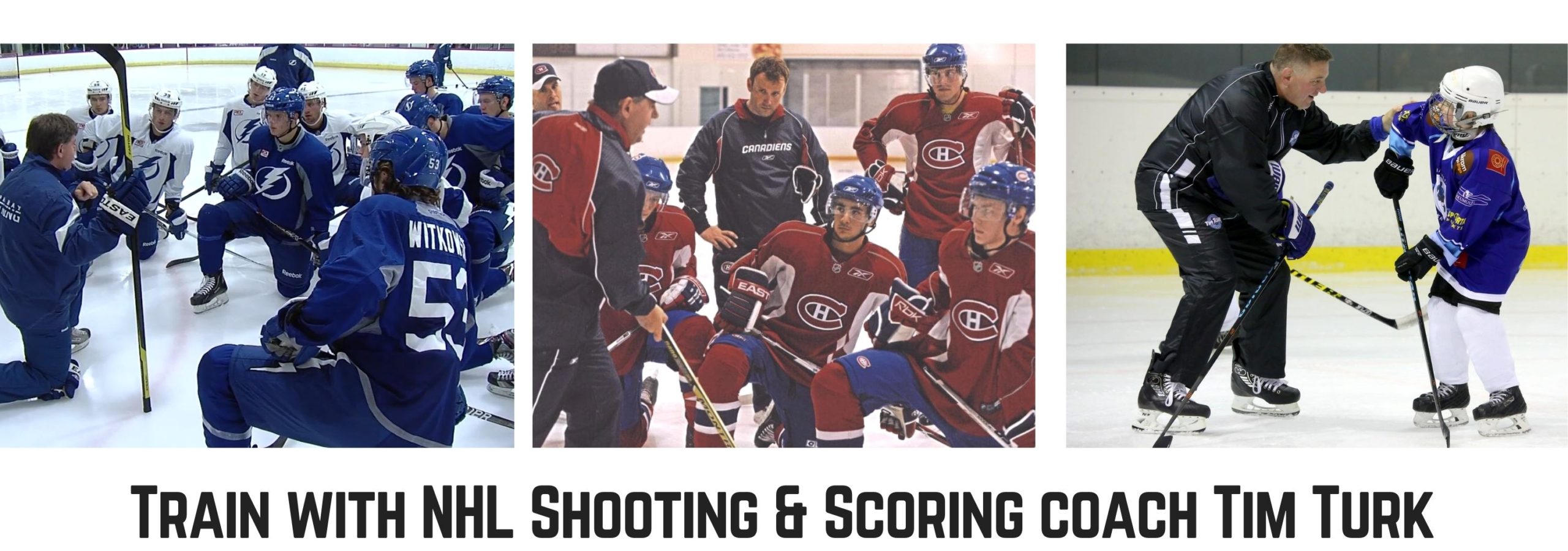Hockey is one of the roughest and most physically demanding sports in the world. Players need to move around on a slippery surface carrying heavy gear all while crashing into each other, battling for control of the puck.
Even though hockey is difficult and exhausting, it’s something that draws players to the game. The feeling of stepping off the ice as the winner while you’re dripping sweat and heaving for air is incredibly satisfying.
However, because hockey is such a rough sport, players commonly get injured. Hockey is notorious for causing shoulder tears or dislocations, muscle strains, broken bones, and even concussions. Although playing hockey can potentially cause injuries, that doesn’t mean you should stop playing. Fortunately, there are many simple things you can do to help prevent injuries while you’re battling on the ice.
Stretch Before Workout, Practice, or Game
Stretch, stretch, and stretch some more.
Stretching is one of the best ways to prevent muscle strains or tears. It loosens your muscles so that they can extend as much as possible without tearing when you use them. Before you gear-up for a practice or a game, make sure you take some time to stretch your entire body.
When stretching, make sure to focus on the parts of your body you’ll be using the most while playing, like your shoulders, hips, back, and legs. Stretching doesn’t need to take too long, either—a solid 10 or 15 minutes will do.
As for what stretches to do, keep it simple. Touching your toes, arm-windmills, etc. There are a bunch of guides available online for easy stretches that’ll help keep your body loose and relaxed on the ice.
Warm Up and Cool Down Your Body
Once you’ve finished stretching before your workout, practice, or game, don’t go right into the most taxing activities. Take some time to warm up your body. This will help loosen your muscles even more and will get your heart pumping and your blood flowing. That way, when you need to give 100% of your effort, your body will be ready for it.
If you’re preparing for a workout, do some light jogging or some jumping jacks. If you’re preparing for a practice or a game, skate around at an easy pace for a bit. Grab a puck and take a few light shots. Again, warming up shouldn’t take too long. Like stretching, around 10 or 15 minutes should do the trick.
Similarly, cool down your body once you’re done working out to gradually relax your muscles and to lower your body temperature and heart rate. If you stop working out too fast, you might pass out, feel sick, or get severe muscle cramps due to lactic acid buildup. Taking 10-15 minutes to lightly jog and stretch after a workout will ensure that you leave the gym or rink feeling fine.
Don’t Push Yourself Too Hard
One of the most common causes of any injury, not just hockey-related injuries, is overexertion. In other words, don’t push yourself too hard.
Whether you’re working out, practicing, or in the middle of a game, listen to your body. If your elbow is starting to ache, your legs are starting to wobble, or you just get body-checked so hard that you can’t seem to get your head straight, take a break. Many injuries are completely preventable just by stopping at the right time. Plus, if you already have an injury, you can make it much worse by continuing to push yourself beyond your physical limit.
Make sure to constantly assess how your body is holding up while you’re working out or playing a game. If you notice any pain or unusual weakness, ease off and rest for a while – Listen to your body!
Stay Fit Throughout the Year
When you stretch and warm up before a workout, you’re making sure your body is ready to perform on that same day. If you exercise throughout the year, you’re making sure your body is ready to perform at any time.
Do your best to stay fit throughout the offseason so that you’re prepared for when the next hockey season rolls around. You don’t need to train like a bodybuilder, but try to exercise at least a few times a week. To stay fit throughout the year, you can do anything from cycling, to swimming, to basketball, to rock climbing. Find something that you enjoy and stick with it throughout the year. Your body will thank you once you step back on the ice after a long break and you can skate around with ease!
Eat Healthy Food and Stay Hydrated
Like exercising, you should also be eating healthy and drinking enough water both during the season and through the rest of the year, too.
For eating healthy, you don’t need to calorie-count and worry about every single thing you consume. Just do your best to focus on getting a balanced diet with enough fruit, veggies, grains, and lean meats. Your body is a vehicle—if you give it the right fuel, it’ll be able to transport you wherever you need to go without breaking down.
For staying hydrated, make sure you always drink enough water to replace the water your body loses through sweating. A good rule of thumb for drinking water on a normal day is to consume half your body weight in ounces of water. So, if you weigh 150lb. you should try to consume 75oz. of water each day. On a day with athletic activity, you should be drinking much more than that.
Eating healthy and staying hydrated helps prevent headache, fatigue, muscle cramps, and heat stroke.
Wear Proper Protective Equipment
This is the simplest of the safety tips, but it still needs to be said: wear all the gear you’re supposed to.
Don’t leave your helmet behind just because you’re playing shinny. Don’t play without knee pads just because you’re practicing. All the different items of safety gear for hockey were invented and mandated for a reason—they keep you safe.
Also make sure that all your gear fits properly and is comfortable to wear. If you’ve outgrown a piece of gear, replace it right away. There’s no point wearing a helmet that’s too loose—it won’t do anything more to prevent head injuries, because your head will just be banging around inside of it like a coin in a dryer.
Yes, stretching and warming up is boring and takes a lot of time. Exercising and eating healthy throughout the year takes a lot of willpower and discipline. Wearing the proper equipment is tiring and uncomfortable.
But, do you know what’s worse? Missing three games in a row because you didn’t stretch your shoulder and you dislocated it. Having to sit out the rest of the season because you took off your helmet at practice and got a concussion.
Sure, taking precautions to prevent hockey injuries might be annoying, but it could end up saving you a lot of headache later. Plus, doing things like stretching and eating healthy become easier and easier the more you do them. Soon, they’ll become habits, and you’ll do them without thinking twice about it. Playing hockey is incredibly fun, but it’s only fun if everyone is safe.






